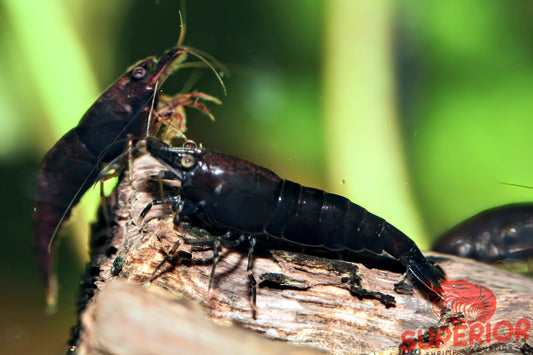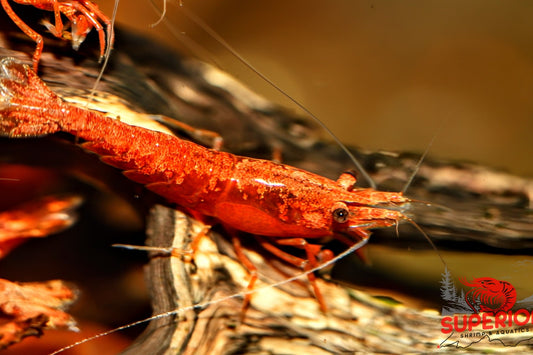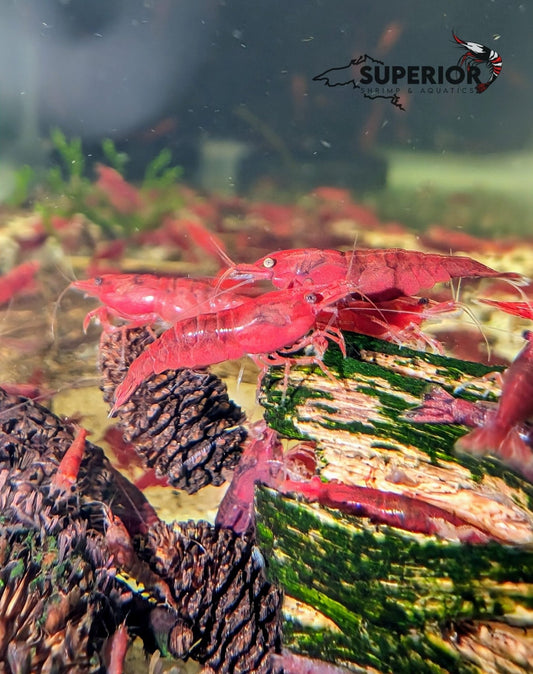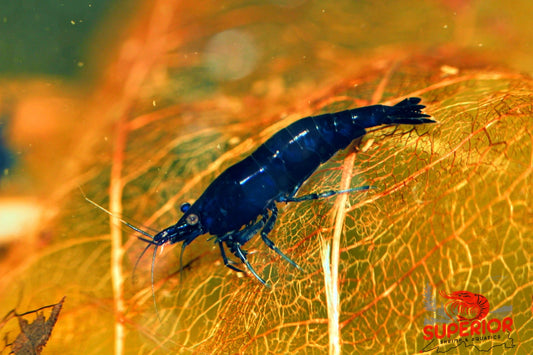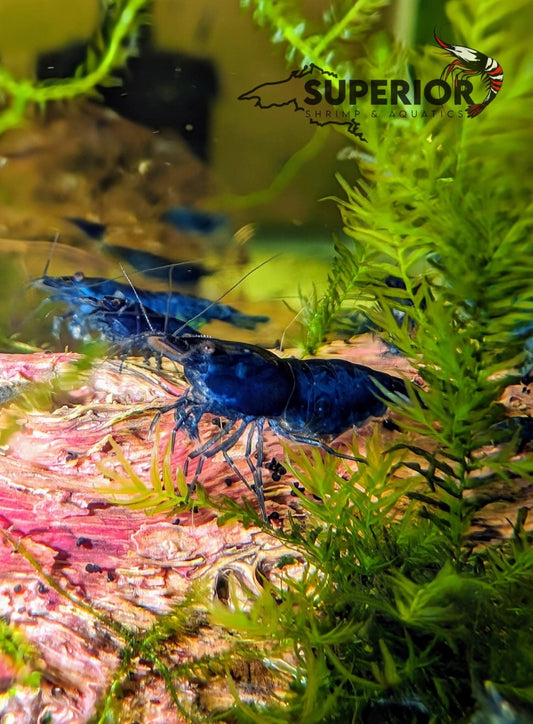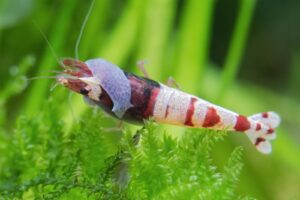Aquarium enthusiasts often face challenges in maintaining a healthy and thriving aquatic environment, and one common issue is the presence of planaria. These flatworms can quickly multiply, posing a threat to the well-being of your aquarium's inhabitants. In this guide, we'll explore effective methods to get rid of planaria and restore balance to your aquatic ecosystem.
What is Planaria?
Photo credit: https://www.aquasabi.com/aquascaping-wiki_parasites_planarian-flatworms
In a shrimp tank, planaria can present specific challenges to the delicate ecosystem. Planaria are flatworms that may find their way into shrimp tanks, and their presence can be a concern for shrimp keepers. These organisms thrive in environments rich in organic matter, which can be a result of leftover food, detritus, and decaying plant matter. In a shrimp tank, where water quality is crucial for the well-being of these sensitive creatures, an overpopulation of planaria can lead to imbalances in the tank's ecosystem.
One of the primary concerns with planaria in a shrimp tank is their potential to prey on tiny shrimp fry. Shrimp fry are particularly vulnerable to predation, and planaria, being scavengers, may consume them if the opportunity arises. This predation can hinder successful shrimp breeding efforts and impact the overall population dynamics within the tank. Shrimp enthusiasts often prioritize maintaining a clean and well-balanced tank to mitigate the risks associated with planaria, ensuring a healthier environment for both adult shrimp and their offspring.
Controlling planaria in a shrimp tank typically involves implementing practices that promote water quality and hygiene. Regular water changes, careful feeding to prevent excess organic debris, and manual removal of planaria and detritus are common strategies. Shrimp keepers should be cautious about using chemical treatments, as these may have adverse effects on shrimp and other tank inhabitants. By maintaining a well-managed and clean environment, shrimp enthusiasts can create conditions that support the flourishing of their cherished shrimp without compromising their health and reproductive success.
1. **Identifying Planaria:**
Before addressing the issue, it's crucial to identify the presence of planaria. These flatworms are characterized by a triangular head and a pointed tail. They are often visible on the substrate, glass, or decorations, especially during feeding times.
Photo credit: https://fishlab.com/planaria/
2. **Adjusting Feeding Practices:**
NOTE: Might not be the best option if using a shrimp only tank.
Planaria thrive on overfeeding. Reduce the amount of food provided to your aquarium inhabitants and promptly remove any uneaten food. This simple step can significantly decrease the organic matter available for planaria to feed on.
3. **Regular Water Changes:**
Maintain a consistent water change schedule to ensure optimal water quality. Use a siphon to remove debris from the substrate during water changes, reducing the habitat for planaria to thrive.
4. **Introduce Natural Predators:**
Consider adding fish species known to feed on planaria. Loaches and dwarf puffers are examples of natural predators. Ensure compatibility with your existing aquarium inhabitants before introducing new fish.
5. **Commercial Planaria Traps:**
Utilize commercial planaria traps available in the market. These traps attract and capture planaria, providing an effective way to reduce their population. Follow the manufacturer's instructions for proper usage.
Amazon link: Click Here!
6. **Use Chemical Treatments with Caution:**
Chemical treatments designed for planaria elimination are available but should be used with caution. Follow the product instructions carefully, and be mindful of the well-being of other aquarium inhabitants. Chemical treatments are best used as a last resort.
Amazon Link: Click Here!
Using No Planaria
Remove carbon from your filter prior to dosage and dose according to packet instructions, paying careful attention not to over dose. After 72 hours perform a 25% water change and optionally use activated carbon in your filter to remove any remaining traces.
NOTE: Remove snails from your aquarium as this will kill them. This stuff lingers and will have a lasting effect on your aquarium months down the road. Add snails back with caution only after you are 100% sure it has been flushed from your aquarium.
Amazon link: Click Here!
Using Panacur C
Measure out your Panacur The dosage is 0.1 gram for every 10 gallons. A 50 gallon tank would need 0.5 grams of Panacur C. A gram scale will make measuring incredibly easy. Sprinkle this powder into your tank.
7. **Quarantine and Clean Decorations:**
If planaria are concentrated in specific areas, remove and quarantine decorations. Thoroughly clean and scrub the decorations to eliminate planaria and their eggs.
8. **Maintain a Balanced Ecosystem:**
Ensure your aquarium has a balanced ecosystem with appropriate water parameters. Healthy plants and good water quality can act as preventive measures against planaria infestations.
9. **Monitor and Repeat:**
Keep a close eye on your aquarium after implementing control measures. If necessary, repeat certain steps or combine multiple methods for more effective planaria elimination.
Dealing with planaria requires a combination of proactive measures and careful consideration of your aquarium's unique conditions. By adjusting feeding practices, maintaining water quality, introducing natural predators, and using targeted solutions, you can effectively rid your aquarium of planaria and create a healthier environment for your aquatic companions. Regular monitoring and preventive practices will help ensure a thriving aquarium in the long run.
